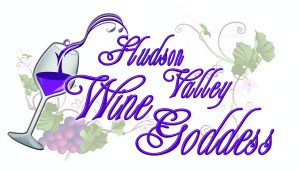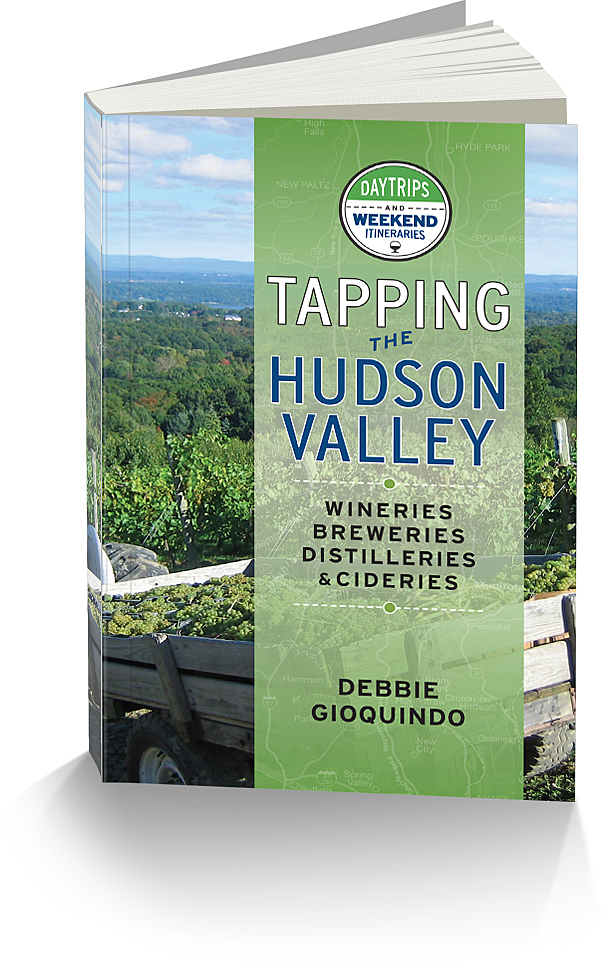 A while back I had a post about a local Champagne and referred to it as Sparkling Wine. I received some comments concerning the use of the word Champagne. I was under the impression if it wasn’t made in Champagne, France it had to be called Sparkling wine. I was corrected by this winery to say that they can say their Sparkling Wine is Champagne.
A while back I had a post about a local Champagne and referred to it as Sparkling Wine. I received some comments concerning the use of the word Champagne. I was under the impression if it wasn’t made in Champagne, France it had to be called Sparkling wine. I was corrected by this winery to say that they can say their Sparkling Wine is Champagne.
I am not to sure about that. I have done a little research and have been in contact with the Office of Champagne in Washington DC. I am sure the next few post might stir some controversy, but I am just trying to educate all on what is really going on. This goes deeper than just Champagne, but to an entire global movement to protect wine place names.
First lets talk about Champagne. True Champagne comes from a special region in France, located 90 miles northeast of Paris. This unique location is a cool climate and chalky sub-soil combined to produce the only grapes in the world that can yield the Champagne of legends. These distinctive geographic characteristics form the Champagne terrior.
There are only three grapes allowed in the production of Champagne. They are Chardonnay, Pinot Noir and Pinot Meunier. Pinot Noir gives Champagne its strength and body, while Pinot Meunier is responsible for the roundness and fragrance of the wine. The Chardonnay provides the wine it its finesse as well as its floral and sometimes mineral overtones.
Champagne comes in many styles. Vintage Champagne which is made from grapes from a single harvest. Vintage Champagne is full bodied. Non Vintage Champagne accounts for up to 90% of all Champagne produced in France. It is a blend of grapes from different harvest years. Blanc de Blanc is made with only Chardonnay grapes for a light, and dry taste. Blanc de Noir is made with either one or both of the black grape varieties (Pinot Noir or Pinot Meunier). This is full bodied and usually deep yellow-gold in color. Rose which is available in a wide spectrum of pink hues and Demi-Sec which is a sweet champagne often paired with desserts.
All of the above represents what goes into a bottle of Champagne. Tomorrow I will post the process of producing Champagne and then we’ll get into the controversy. It is important to have this background information first.
I would also like to thank the Office of Champagne, US for their assistance with providing me the information and documentation that you will see in the next few posts.

